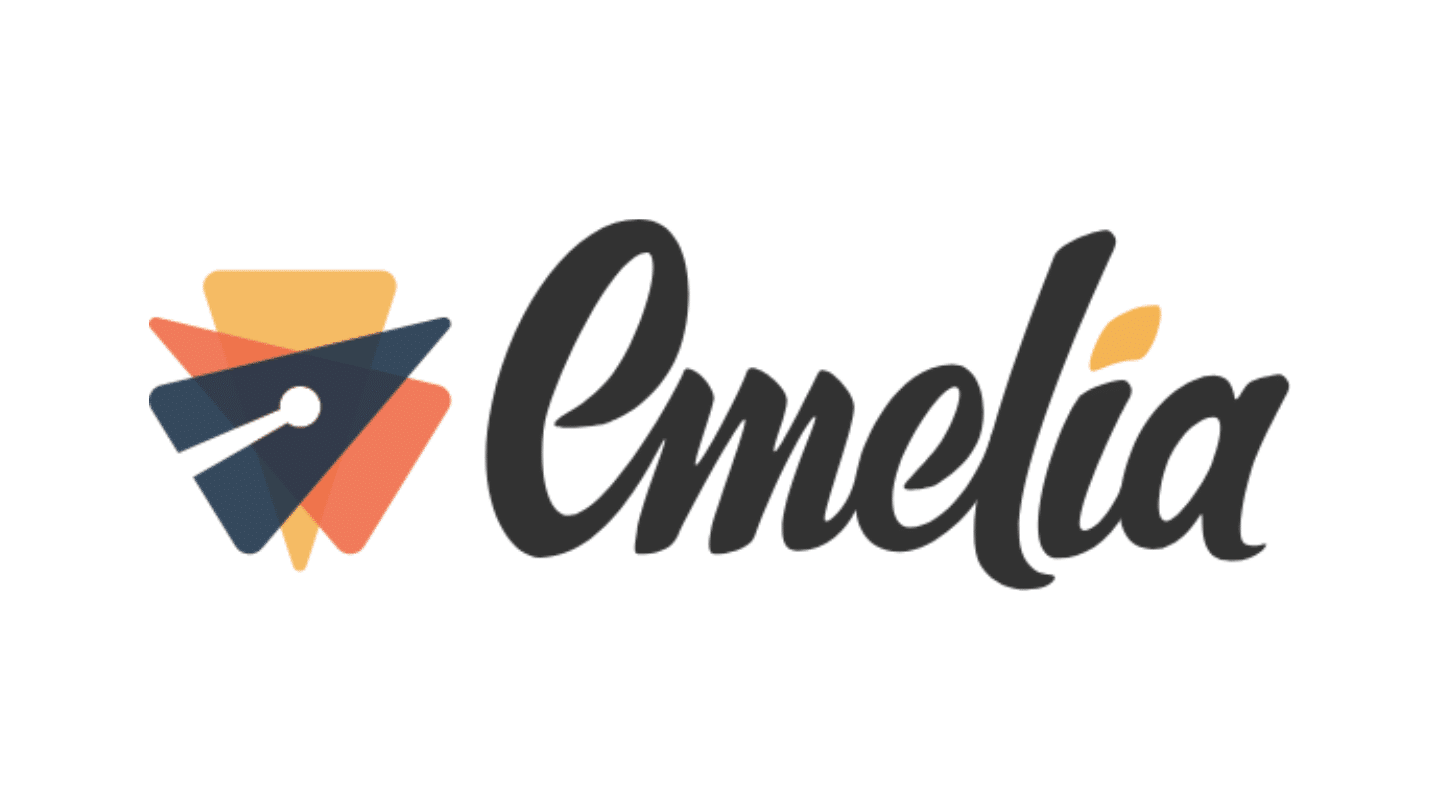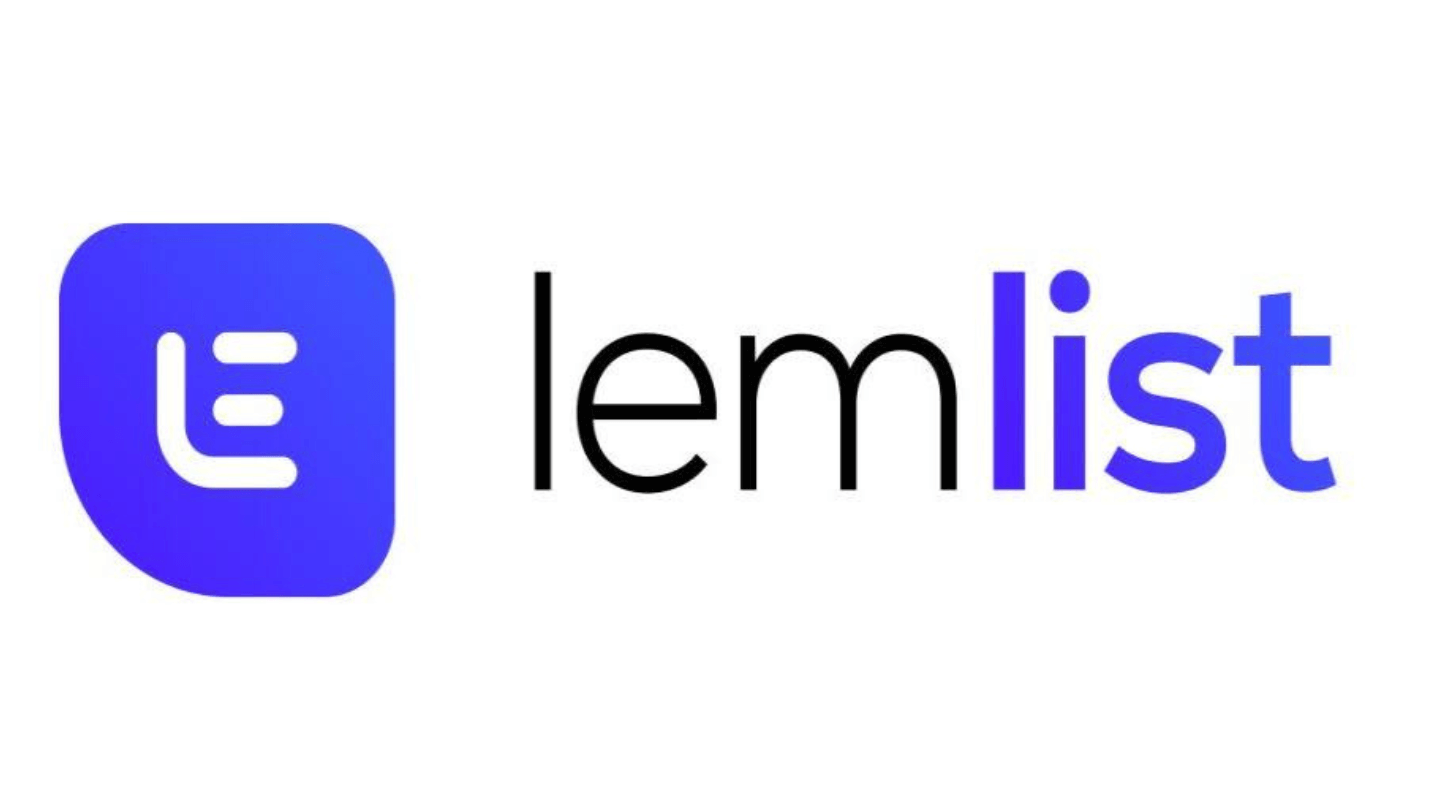Lemlist has done a remarkable job in democratizing multi-channel prospecting.
The tool that began as an add-on to Google Suite to manage cold mailing campaigns has gradually evolved to make more complex multi-channel campaigns accessible to everyone.
You can’t take that away from them.
But the product has also evolved rather badly in my opinion. Today, you’re looking at at least €60 per mailbox per month, for software that actually offers less than most of the alternatives we present here.
Lemlist blurs the message a little; they’ve added a lot of stuff, on all sides, and you can’t really find the simplicity and accessibility that made Lemlist such a success.
Not to mention the tariffs and their experimentation with lifetime deals, which have earned them the unfortunate nickname of “Lemfist” in many communities.
Overall, there’s no escaping the impression that Lemlist is more of a status tool than an effective B2B prospecting tool today.
In this article, we present 10 alternatives that allow you to go at least as far, for less or much less.
Sommaire
Why look for an alternative to Lemlist?
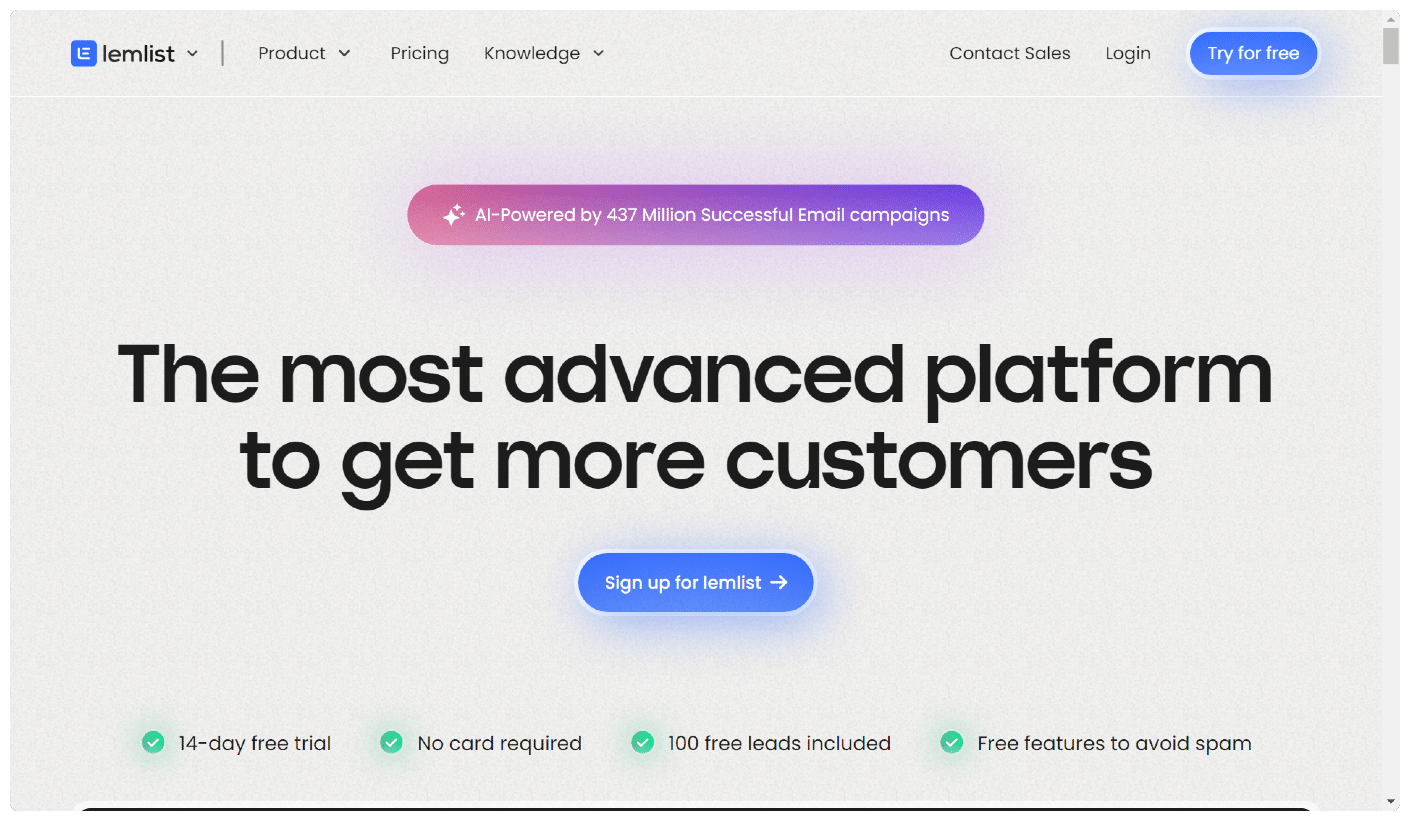
#1 For true multi-channel
Lemlist was not originally designed for LinkedIn, and is sorely lacking in tools. They recently designed an extension for Chrome, but using it exposes users to the risk of being detected and banned by LinkedIn. What’s more, the extension is only available with the most expensive price plan.
Lemlist has no in-appemail finder and only finds emails through integrations with other applications such as Dropcontact, which means additional costs.
The Lemlist interface is not very fluid or intuitive, and often malfunctions, making it difficult for new users. As soon as you want to do something a little complex, it becomes super complicated.
#2 To better manage responses to your campaigns
Lemlist’s answer management tool is simply a task management tool. This means that a new response corresponds to a new task, and will be buried among all the other tasks.
By way of comparison, Woodpecker automatically detects the type of response (opt-out, out of office) and assigns them a tag when it succeeds – not always, but overall it works well. And you can define rules, such as “resume the sequence on returning to the office”.
The Growth Machine released the same feature last summer.
And Waalaxy has a super-efficient Linkedin inbox.
Lemlist isn’t very good at account rotation either. For coldmailing, you need several accounts (to guarantee good email deliverability ), which means using a single inbox to get all responses in one place. Nothing like that at Lemlist – you have to switch from one inbox to another to see if you get any replies.
#3 To save money
It’s a bit of the same subject. At Lemlist, for €60/month, you get a sender. So basically you pay 60€ / month to send 1000 mails per month. On a sequence of 5 e-mails, that’s 200 new contacts a month. It’s a bit expensive per e-mail.
There are two types of alternative on the market:
- Alternatives that also work with the “sender profile” – Waalaxy, LGM, Woodpecker, Apollo – In general, they’re significantly less expensive, and above all, they integrate far more functionalities, such as enrichment, search and validation of e-mail addresses, and much deeper integrations with the main CRMs on the market, for a “tailor-made” solution for a relatively restricted target.
- Alternatives that allow you to scale your campaigns – Instantly, SalesHandy – which work with a flat fee per month, and a volume of emails or a volume of enriched contacts per month – to be honest, I don’t like the approach as much, but spam actually works very well, it’s just that you need volume.
#4 To better integrate with your CRM
Depending on your needs, there are several types of CRM integrations – but one thing’s for sure, Lemlist’s are pretty basic. The tool only creates notes in your CRM.
Other tools go a step further and can create events for each prospecting action (messages sent and received, acceptance of contact requests, etc.), which can be used to trigger CRM actions: automatic enrichment, lead scoring, status modification, etc.
To synchronize Lemlist leads with your CRM, you need to have the lead’s email address. This means either adding a fake email and polluting your CRM, or choosing not to synchronize leads contacted via LinkedIn.
In terms of data quality, it’s frankly mediocre: the Lemlist notes that are integrated into your CRM are unstructured data, and therefore unusable other than by reading them. Whereas all CRMs offer plenty of objects for structured data (activities, contacts, companies, etc.).
#5 Because you want a serious tool, not to be in the top 1% of sellers
There, I’ve said it.
On a more serious note, Lemlist does a monstrous job of evangelizing the subject, and it’s great for helping beginners get up to speed, and start getting results.
But it’s really not (anymore) a tool for setting up high-performance sequences, and even less so at scale.
#1 Waalaxy VS Lemlist
If Linkedin is at the heart of your campaigns
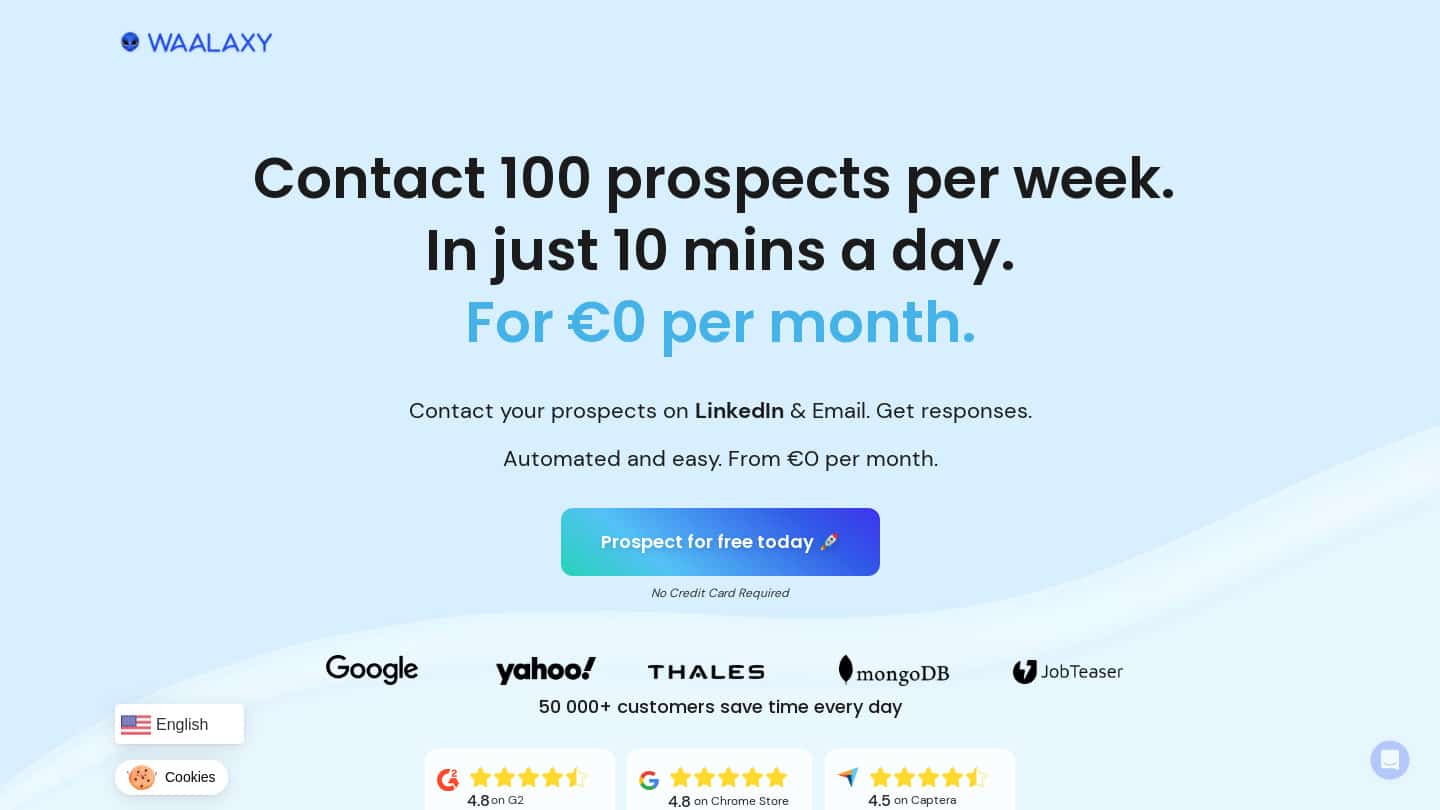
For relatively simple and effective tasks, Waalaxy is frankly easier to use than Lemlist, whether for setting up sequences or analyzing sequence results, with a well-designed, easy-to-use dashboard.
Waalaxy works with a Chrome extension (and only on Chrome). Without re-inventing hot water, the tool enables you to extract a list of contacts directly via LinkedIn Search or Linkedin Sales Navigator, integrate a list of prospects from a CSV file, take over sequence templates, and so on.
For those who want results fast, Waalaxy is a very effective tool. What’s more, their support is responsive and they offer numerous online resources to help you improve your prospecting.
The big limitation with Waalaxy is the lack of CRM integration (works only with nocrm.io), but to be honest, it’s not much better with Lemlist.
In terms of pricing, the two tools offer two plans (a starter plan and a more advanced plan) at roughly similar rates. But Waalaxy ‘s 80 euros/month business plan (billed annually) includes an email finder and 800 LinkedIn invitations. And Waalaxy is offering a free plan with 80 LinkedIn invitations to discover the software.
Try Waalaxy free of charge
Waalaxy offers a 7-day free trial with access to all features to give you a good idea of the tool’s possibilities. There’s also a free plan.
#2 The Growth Machine VS Lemlist
For true multi-channel seriously
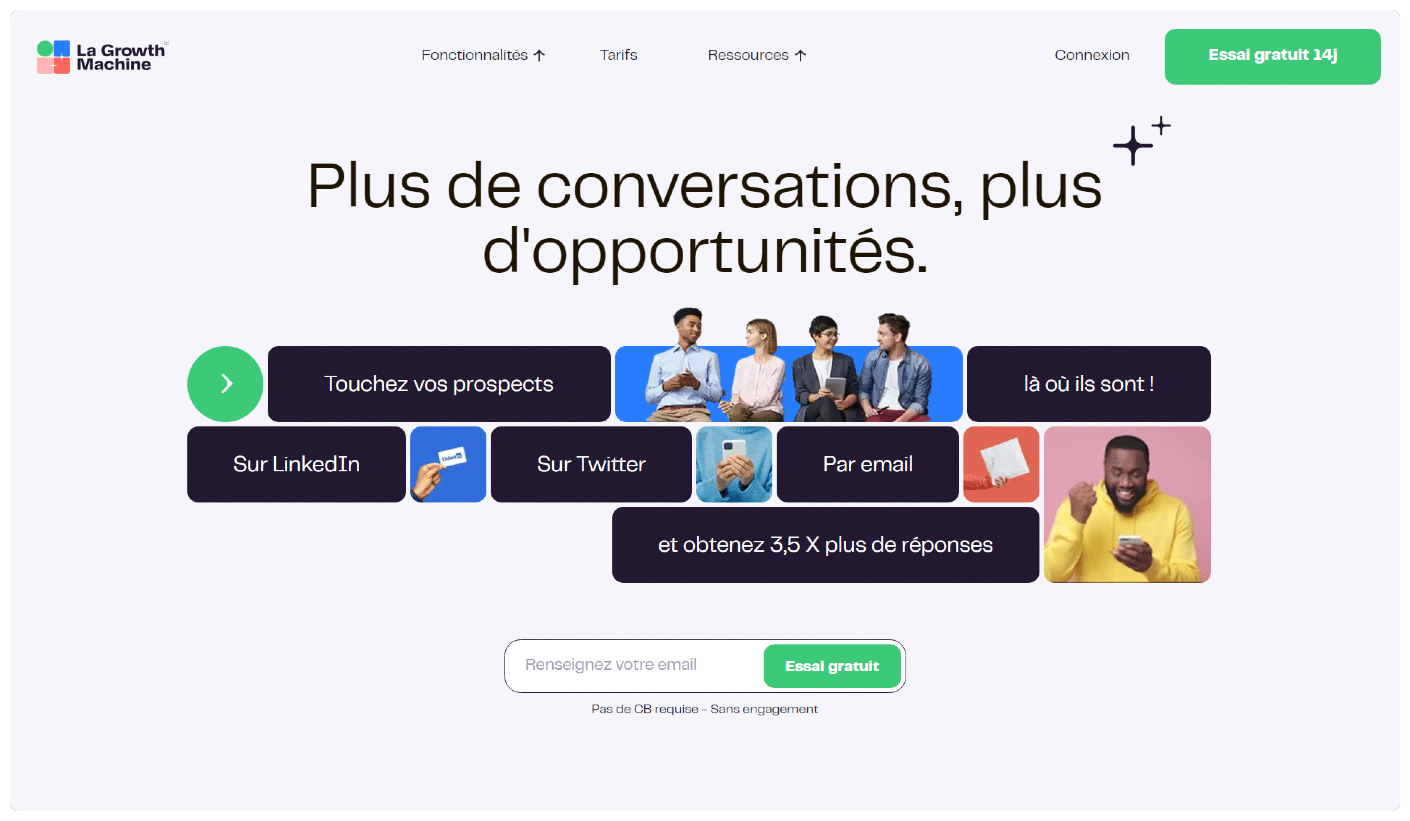
The Growth Machine is the strongest alternative to Lemlist: it has more features and goes much further in prospecting.
From the outset, LGM has positioned itself as an integrated multi-channel solution: native LinkedIn, Twitter, and a centralized Inbox to manage all messages regardless of their source (e-mail, LinkedIn, etc.).
LGM is also effective in data enrichment with Dropcontact for emails and phone numbers, and has recentlyautomated the sending of audio messages on LinkedIn. The tool also lets you save message templates to save time, and quickly set up sequences based on templates.
LGM connects natively with CRMs such as Hubspot and Pipedrive to update sales prospecting results in real time.
Support is managed by the Deux.io team, who have been providing outbound support to most French scale-ups for the past ten years, and are therefore very solid – they know what they’re talking about.
Rates are higher than Lemlist’s: the intermediate Pro plan is 100 euros / month (billed annually), but is really comprehensive given the possibilities offered by LGM compared to Lemlist and Waalaxy – AI-assisted prospecting, 25 guest members, integration with Zapier, etc.
The only downside: for integration with Hubspot or Pipedrive, you need the Ultimate plan at 150 euros/month.
Try La Growth Machine free of charge
The Growth Machine offers a 14-day free trial with access to all features to get a good idea of the tool’s possibilities, as well as a free plan to test initially.
#3 Woodpecker VS Lemlist
IF you do email only, but really well
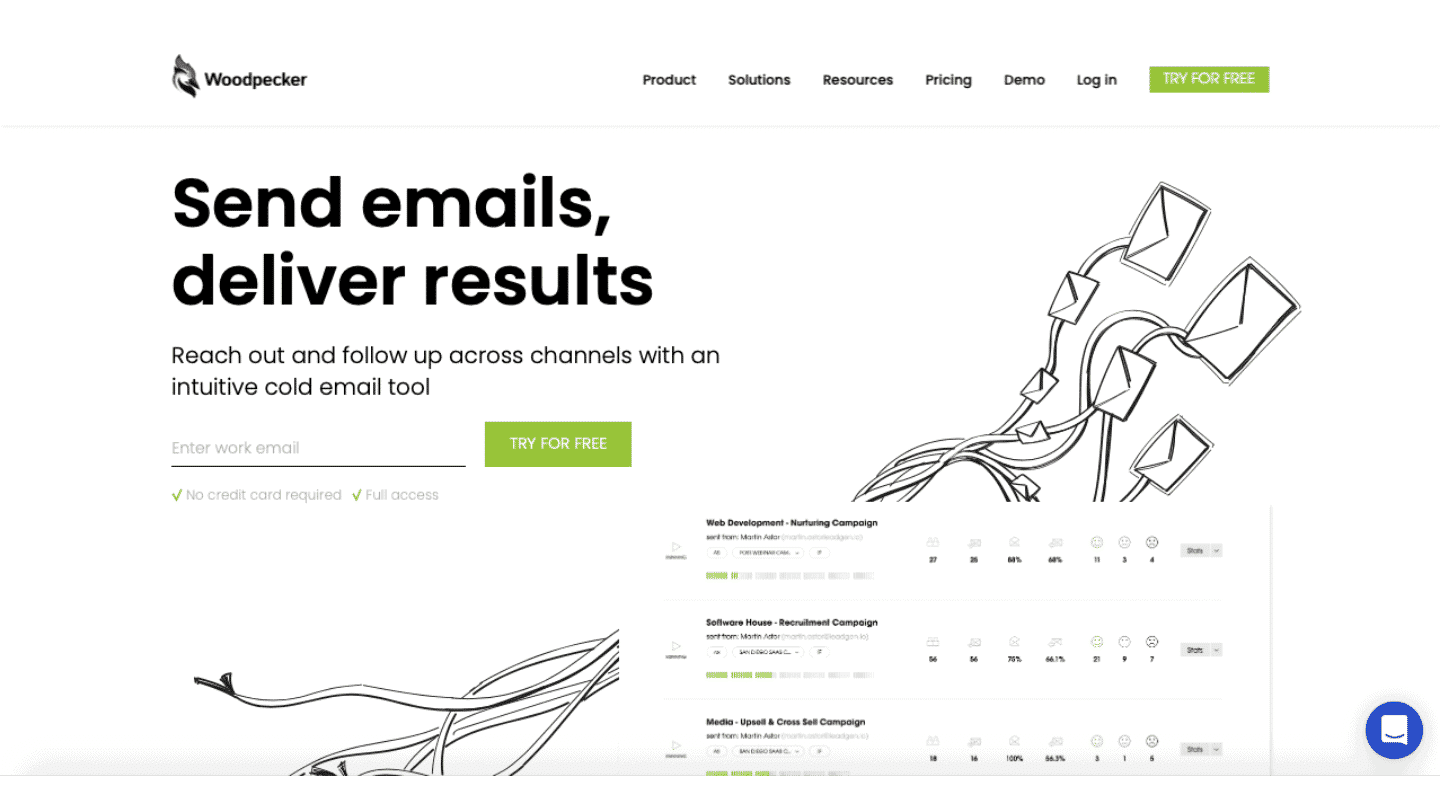
Woodpecker is an excellent tool for email prospecting. It offers more advanced e-mail tracking and reporting functions, with much more precise click & open tracking, including the ability to track opens, clicks and replies per e-mail, while Lemlist’s tracking functions are more basic.
Woodpecker also offers moreautomation and personalization options: it’s possible to personalize each email, and not just with variables, but also to modify the content of the email for each recipient.
Response management is also very well thought-out. The tool integrates with Pipedrive, Hubspot, Google Sheets, etc.
Also worth noting: not only is the user interface very easy to use, but the UX and dashboard are really superb.
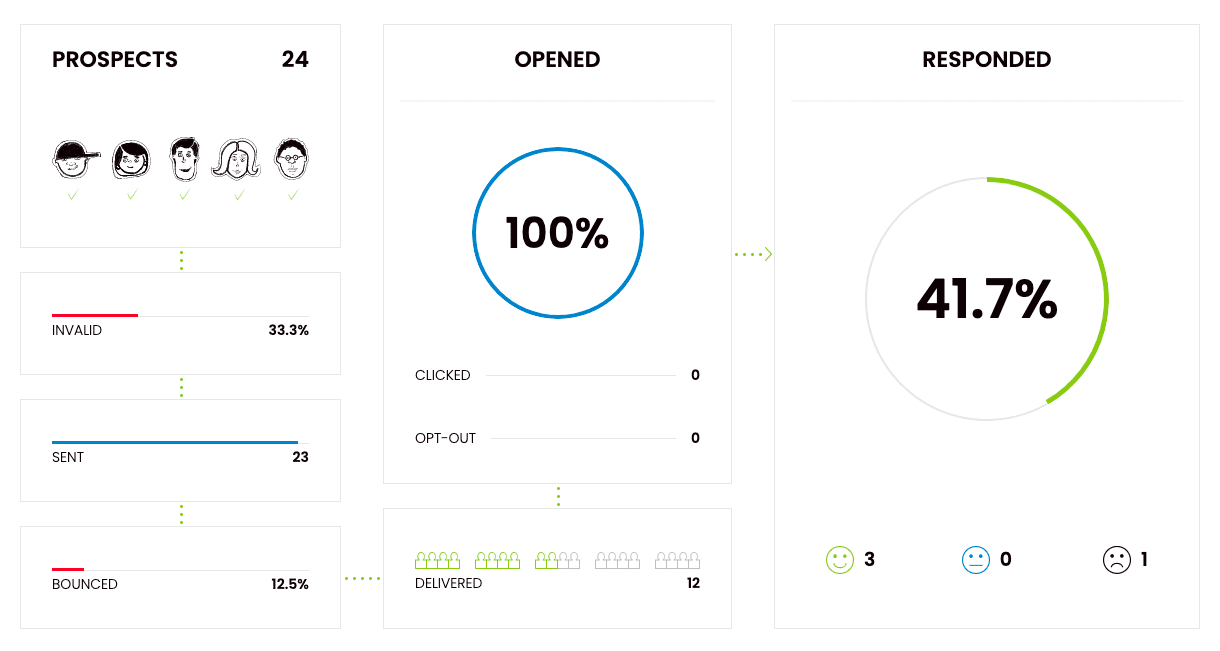
In terms of pricing, Woodpecker offers more affordable options for small teams and startups than Lemlist: a single plan ranging from $44 to $52/month (billed annually) depending on the number of emails sent (unlimited for $52).
Try Woodpecker free of charge
Woodpecker offers a 7-day free trial with access to all features to give you a good idea of the tool’s capabilities. There’s also a free plan…
#4 Instantly VS Lemlist
For large-scale cold mailing
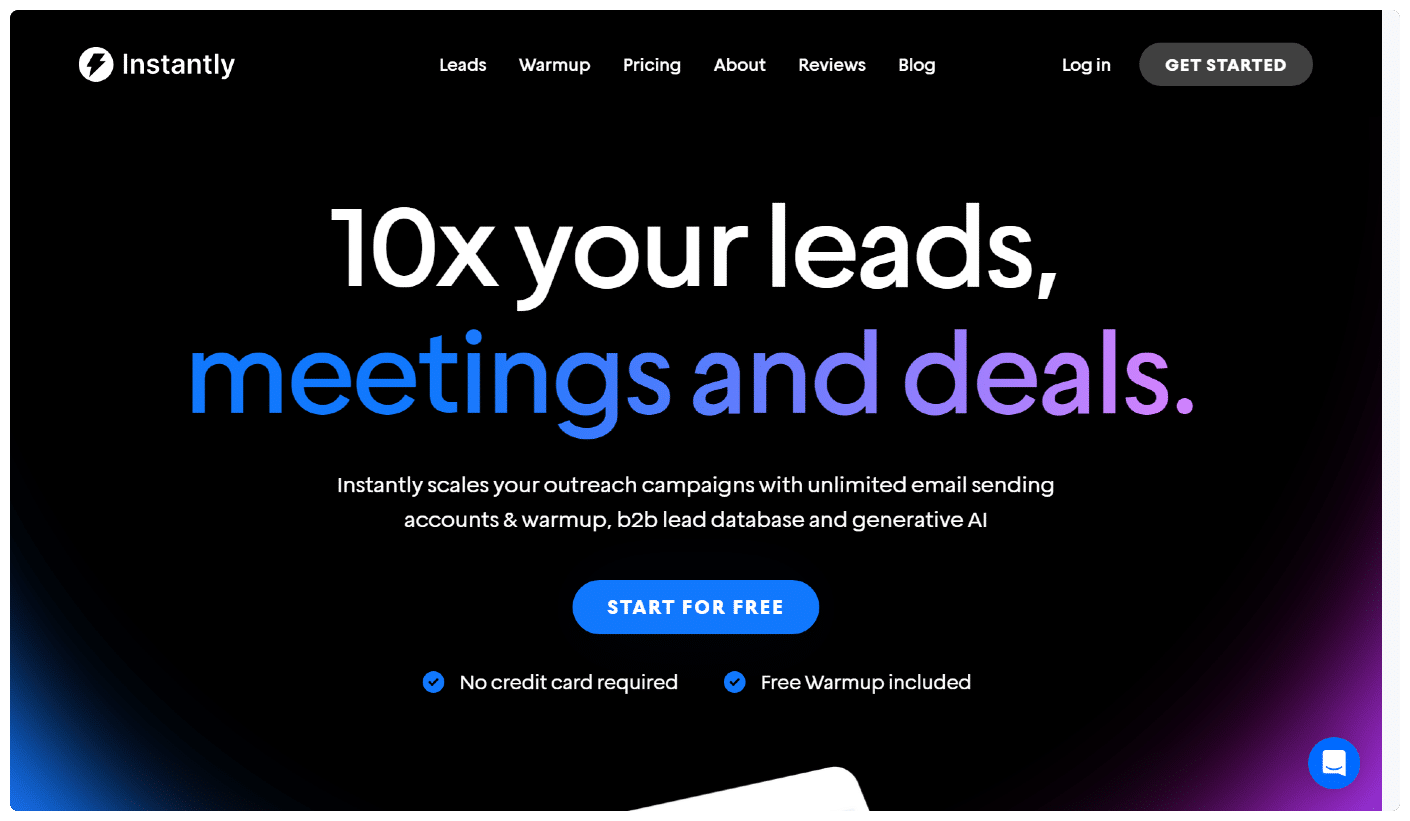
The big difference between Instantly and Lemlist is sender rotation and, above all, pricing. This means much more scaling for much less money.
Instantly offers a more complete, detailed and coordinated email campaign creation process that ensures better deliverability.
For scaler, it’s an excellent tool thanks to the unlimited number of e-mail accounts, and the AI assistance that improves the content of your e-mails to ensure they are read.
There aren’t many integrations available, but Instantly’s pricing makes it a very interesting tool to pay for by the number of emails sent: $30/month for 5,000 emails sent.
Try Instantly free of charge
Instantly offers a free trial of this affordable prospecting tool.
#5 Apollo VS Lemlist
To use just one tool

Lead gen, enrichment, tracking & scoring, etc.: Apollo is a comprehensive tool for evaluating prospects and tracking lead behavior, enriching databases, running A/B tests on different campaigns, and more.
Note: it’s a great tool for analyzing calls (recording, dialer, transcripts, etc.) and signals of intent for lead gen. There are also numerous automation functions for social networks that really simplify your multi-channel campaigns.
For those who prefer to use a single tool, Apollo integrates with a range of CRMs: Salesforce, Hubspot, Pipedrive.
Pricing-wise, the Professional and Organization plans, at $79 and $99/month respectively, are fairly similar, but the Organization plan offers more advanced automation features. The Basic plan, at $39/month, already offers some interesting features (unlimited emails, etc.) but is limited to one user. Apollo also offers a free trial plan.
Try Apollo for freeApollooffers a 14-day free trial with access to all features to get a good idea of the tool’s capabilities. There’s also a free plan.
#6 Reply IO VS Lemlist
To integrate telephony into your sequences

Reply IO is an ideal tool for those who rely on telephony in their campaigns, with advanced, AI-powered tracking options.
It’s an intuitive tool that lets you send up to 10,000 e-mails a day, with interesting reporting functions for campaign analysis. It also offers deep CRM integrations – Salesforce, Hubspot, Pipedrive.
On the downside, Reply.io lacks a built-in email verification function, which can potentially affect deliverability.
Reply IO’s pricing is more flexible than Lemlist’s, with separate plans for sales and marketing teams. But it’s also slightly more expensive, with a Professional plan at $90 that offers 10,000 emails (already included in the Starter plan) and all their functions for effective prospecting.
A free plan is available to help you make up your own mind.
Try Reply.io free
For those who hesitate, Reply.io offers a free plan or a free trial of their paid plans.
#7 SalesHandy VS Lemlist
To save money
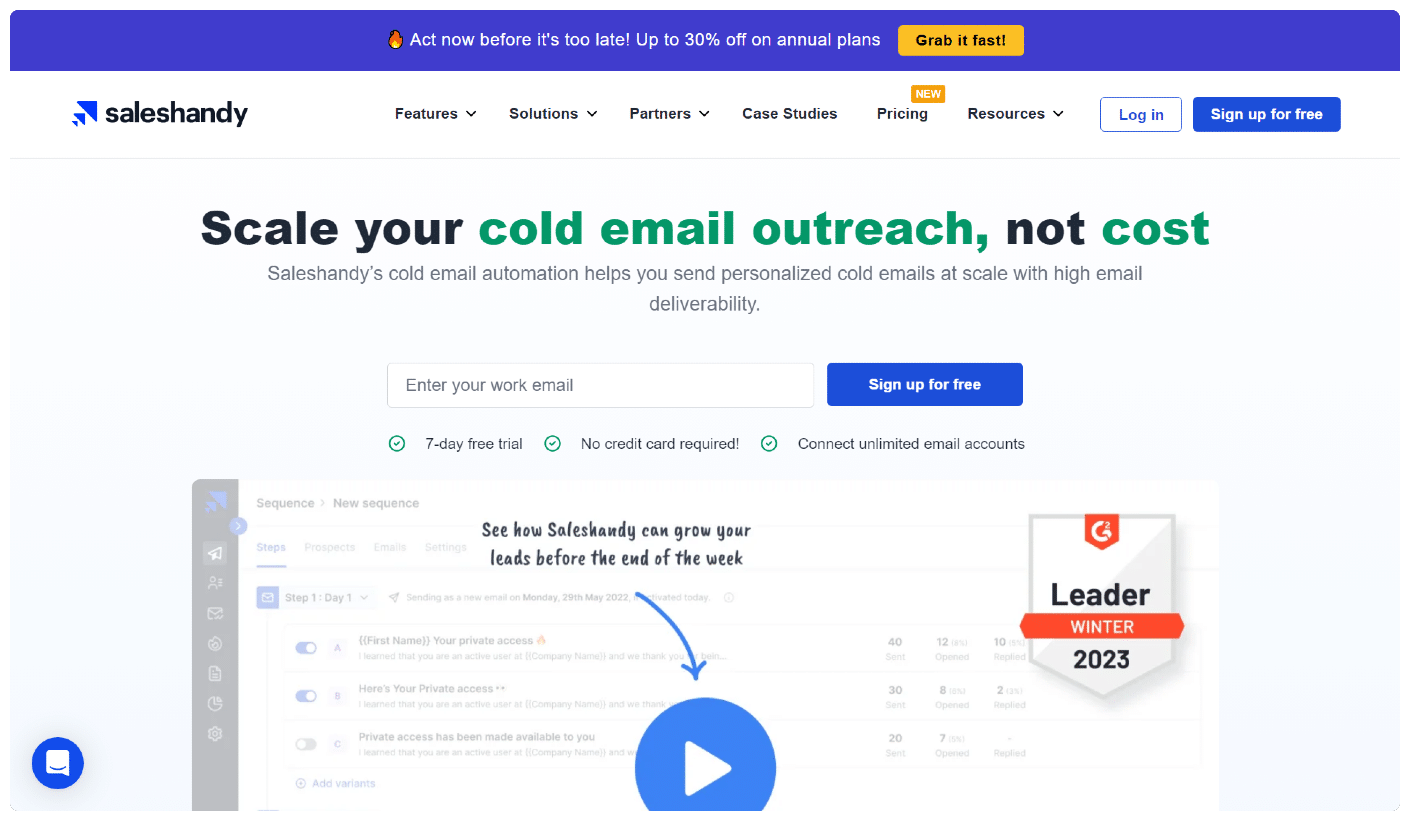
Saleshandy is a good alternative to Lemlist in that it offers much more competitive rates. It offers all the essential features for prospecting, with a few interesting extras: a single inbox for all messages, the ability to prioritize prospects, and to precisely evaluate your prospecting sequences.
Their open & click tracking is very solid, and the multi-sender rotation system enables you to carry out large-scale prospecting campaigns.
In terms of pricing, their $25/month Basic plan is probably one of the best value-for-money plans on this list, providing access to a fairly comprehensive prospecting tool, with 10,000 emails, 5 email accounts, and 2,500 email checks. The Outreach Pro plan at $74/month is also very comprehensive, but more similar to conventional pricing.
Try Saleshandy free of charge
Saleshandy offers a 7-day trial to discover its features.
#8 MixMax VS Lemlist
For old-schoolers
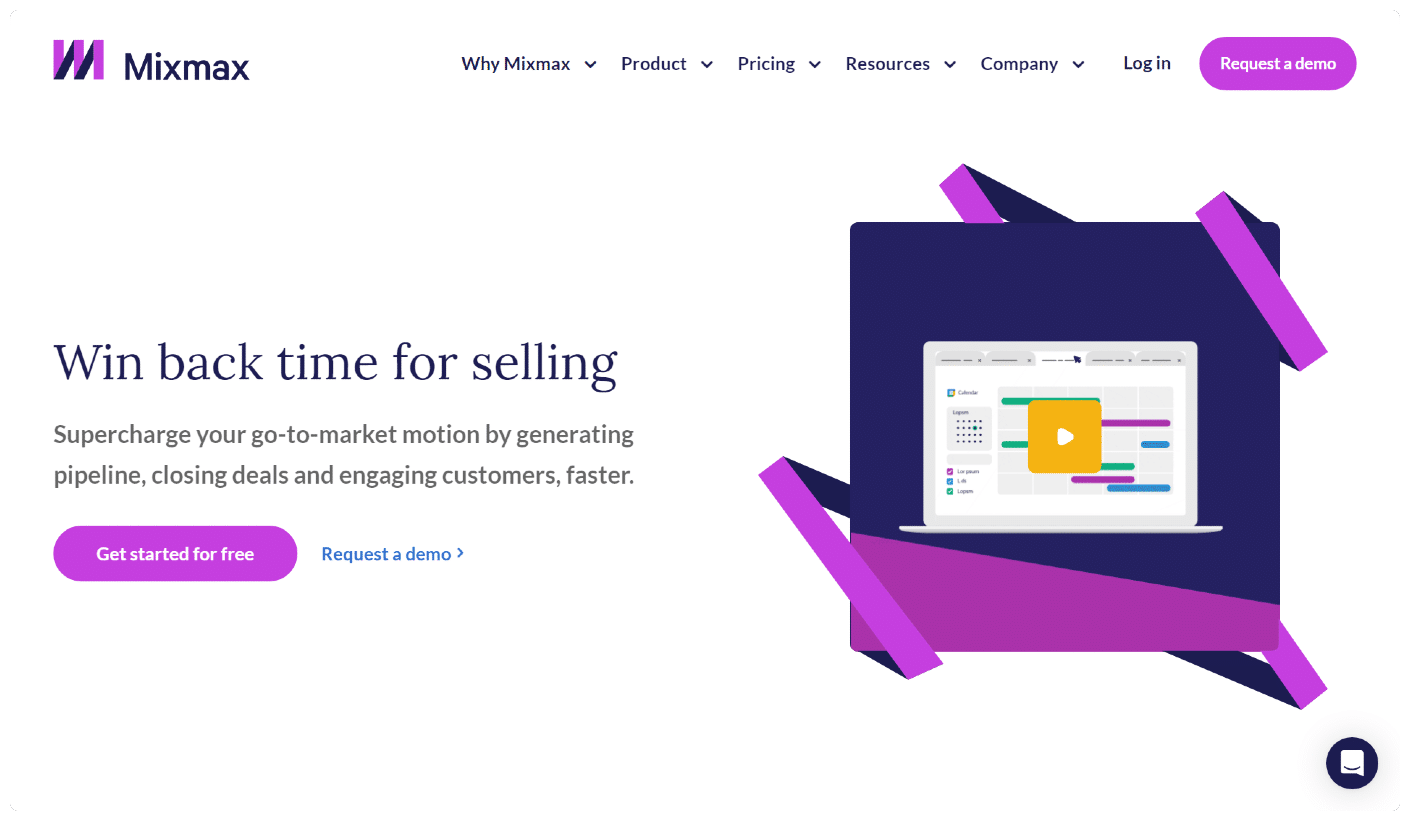
MixMax is one of the most affordable alternatives to Lemlist.
MixMax works directly within Gmail, so the tool is super-light and easy to use: you can create cold mailing campaigns from the application’s dashboard, use different templates and choose when to send the emails directly from Gmail.
MixMax offers very affordable plans for small teams: the free plan offers the most basic prospecting functions to teams of up to 5 users, while the $29/month SMB plan can be used by 10 members.
Try MixMax for freeMixMaxoffers a free plan or a demo of the paid plans.
#9 Expandi VS Lemlist
To find out more about automation
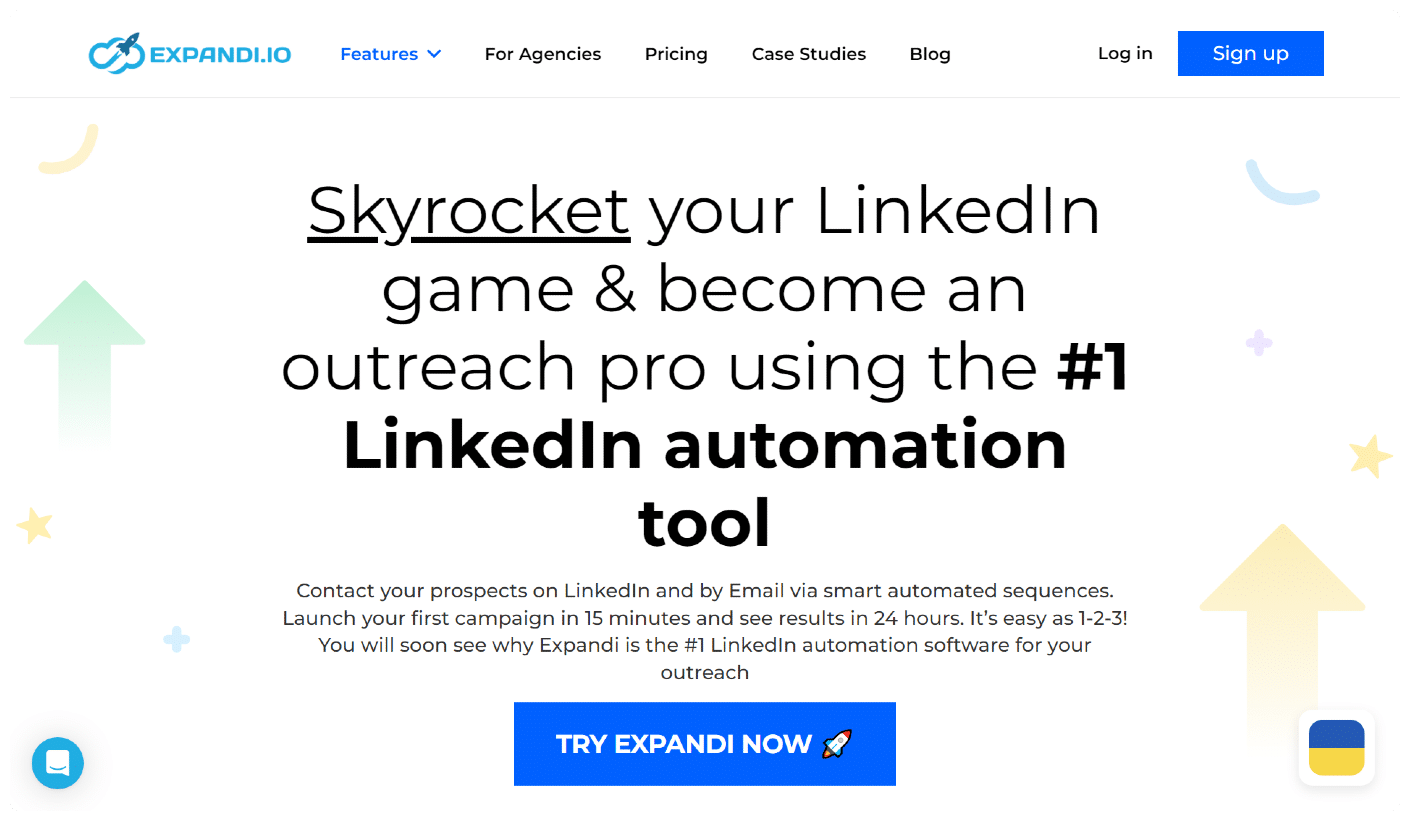
Expandi offers advancedautomation functions: unlike Lemlist, the tool allows you to create intelligent sequences on LinkedIn, to define which activity will trigger which action, to set up conditional steps and to include automated follow-up emails.
The great thing about Lemlist is that it’s risk-free to use on LinkedIn: Expandi is cloud-based, so there’s no need to download an extension for the platform to work.
In addition, Expandi provides each user with a dedicated IP address to minimize the risk of suspicion, and incorporates elements close to human behavior – delays between various actions (such as consulting a profile), alternation between new and inactive LinkedIn profiles, withdrawal of pending requests, etc.
In terms of pricing, Expandi offers a single plan at $99/month per user per month, with no additional costs and including all Expandi features and access to all Expandi learning resources.
A discount for groups is available, but the price is justified by the fact that it’s a tool that allows you to go really far in prospecting and automation.
Try Expandi free of charge
Expandi offers a 7-day trial to discover its features.
#10 MailShake VS Lemlist
In the spirit of contradiction
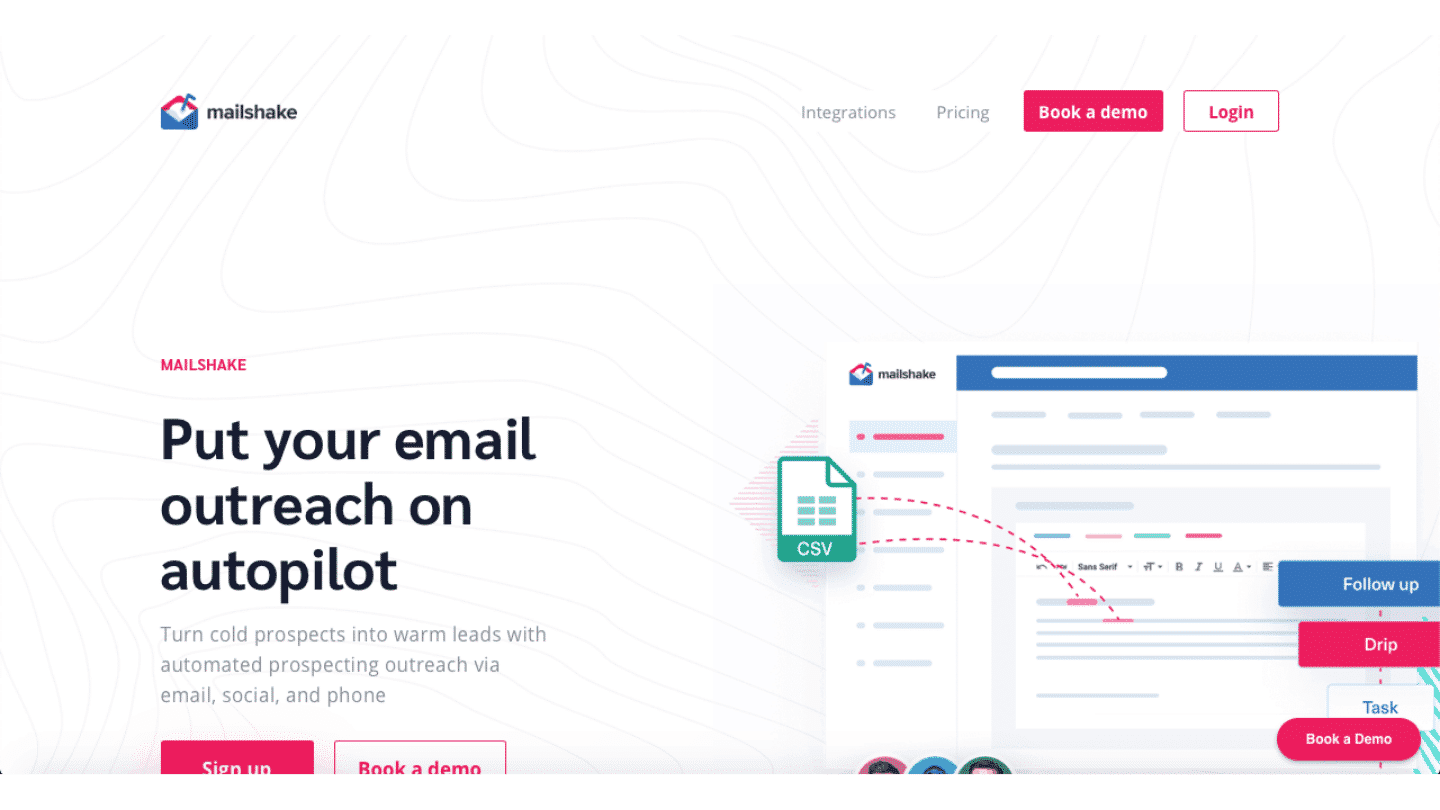
MailShake’s promise is similar toApollo ‘s, but for dummies.
More specifically, it’s of interest to a B2B company in the mid-west targeting SMBs in its region with blasts of 2,000 e-mails. But not at all on the European market, and not at all to make things a little finer.
Mailshake is a pretty complete tool when it comes to automation functions, with lots of integration and ultra-extensive reporting capabilities that allow you to ramp up a campaign.
But the tool is rather expensive, and for those who need a minimum of customization, it’s best to pass.
There are 2 plans, at $58 or $83, depending on your needs. MailShake also offers a data finder with a free plan limited to 50 searches per month, then starting at $49 for 1000 searches/month.
Try Mailshake for freeMailshakeoffers a demo to discover the tool’s various functions.
Going further

